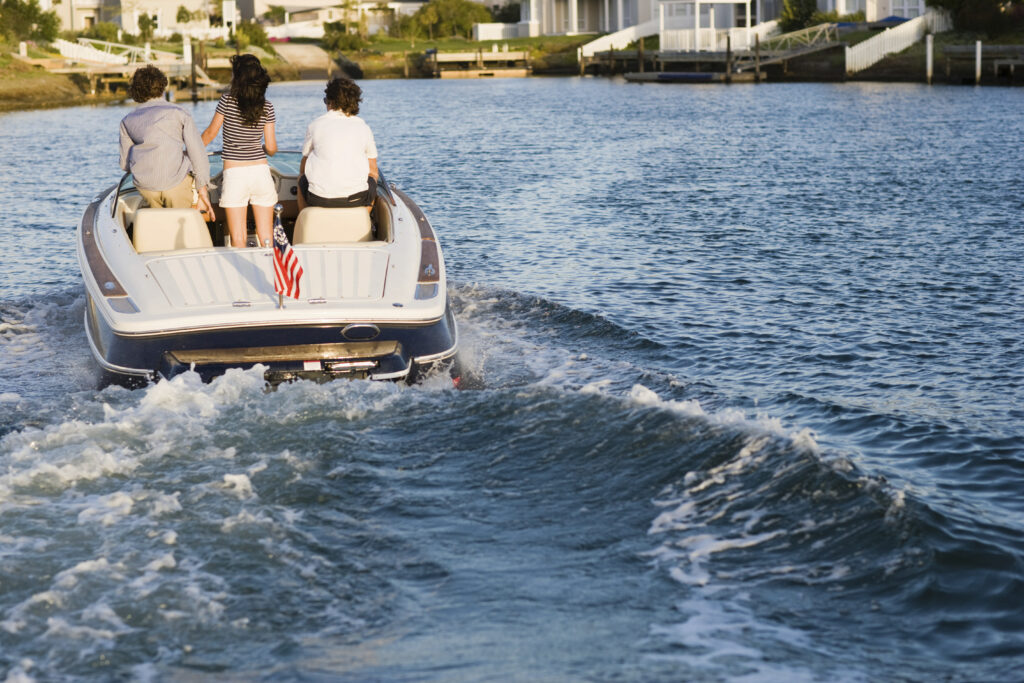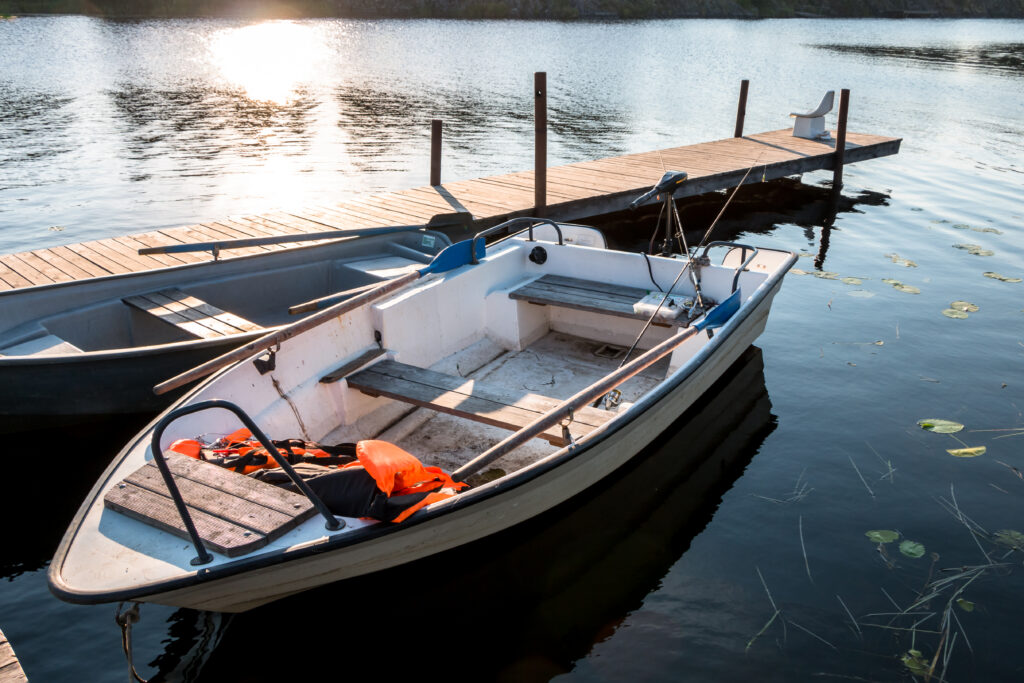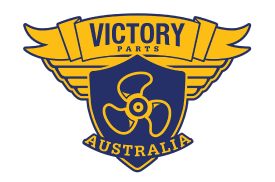Running out of gas remains the number one reason boaters get stranded with mariner outboards.
Most outboard motor problems originate from three vital systems: air, fuel, or electrical (spark). These systems can cause stalling, misfiring, or startup failures when disrupted. Power loss can occur due to conditions like bad fuel, overheating, and loose connections. Mariner outboard’s components, such as water pumps, batteries, and fuel filters, need regular maintenance to avoid these common problems.
Boaters should follow the one-third rule while troubleshooting outboard problems: allocate one-third of gas for the trip, one-third to return, and keep the final third as a reserve. The engine might not start or make clicking sounds due to a dead battery. Regular engine servicing helps extend its lifespan by resolving problems right away.
Knowledge of common mariner outboard issues and proper maintenance can protect boaters from frustrating breakdowns during vital moments on the water, whether they face clogged water intakes or faulty wiring.
Common Problems with Older Mariner Outboards
Boat owners should be aware of several operational problems common to older Mariner outboards. These engines often won’t start because of three basic issues: fuel delivery problems, ignition system failures, or low cylinder compression. Simple oversights can prevent the engine from starting – the gear shift might not be in neutral, or the kill switch could be disconnected.
Aging Mariner engines frequently suffer from vibration problems. Damaged propellers, worn engine mounts, and misaligned harmonic balancers are usually responsible. The vibration tends to get worse at higher RPMs if a damaged propeller is the cause.
Saltwater environments make these engines prone to overheating. Blocked water intakes, faulty water pumps, or clogged cooling systems are typical causes. The motor might release steam or trigger warning alarms before performance starts to decline.
Power loss can frustrate owners, and it becomes obvious under load or at higher speeds. Fouled spark plugs, clogged fuel filters, or worn engine components could be responsible. Many Mariner outboard owners report their engines “bogging down” during acceleration. This usually points to fuel delivery problems or cooling system failures.
The fuel system in older models presents ongoing challenges. Clogged injectors, failing fuel pumps, and deteriorating fuel lines can restrict proper fuel flow to the engine.
Troubleshooting and Quick Fixes
Basic troubleshooting for Mariner outboards starts with the simplest fixes. The lanyard stop switch is a vital safety feature that many people overlook. Make sure it’s properly connected before you try to start your engine. This device will shut off the motor automatically if you move away from the controls.
Your ignition problems might need a spark plug check to spot carbon deposits or damage. Take a wire brush to clean the plugs and use brake cleaner or isopropyl alcohol. The engine’s specifications will tell you the right gap setting to get the best performance.
The fuel system’s biggest problem comes from dirty filters. Victory Outboard Parts suggests you check and change the fuel filter after 100-300 hours of use or once a year. The filter needs proper positioning with its arrow pointing to the engine. Double-check all connections to stop any leaks.
Water in your fuel needs quick action. Look at the fuel filter’s red ring indicator – if it’s moved up, you’ve got water in there. Open the valve to drain the water separator bowl and put in a new filter element before engine damage happens.
A damaged propeller will hurt performance and shake your boat. You can fix small bends, and stainless steel props with major damage need professional welding. Aluminium propellers are cheaper to replace than to repair.
Parts and Maintenance Tips for Longevity
Regular maintenance is the lifeblood of keeping your Mariner outboard running longer. Your engine needs service every 100 hours or once a year, based on manufacturer guidelines. This simple routine will prevent repairs from getting pricey and keep your engine running smoothly.
Oil changes are crucial to your engine’s health. Four-stroke Mariner owners should replace both engine oil and filters at 100-hour intervals. Marine-specific products are a must because boat engines face tough conditions. These engines need special lubricants that can handle long periods of high RPM operation.
Your gear oil needs regular checks, too. Look for any milky colouring that shows water getting in during oil replacement. The magnetic drain screw might collect metal shavings that point to gear wear and tear.
Taking care of the fuel system helps curb ethanol-related problems. A fuel/water separator and marine-grade stabilisers will protect against fuel breakdown. Mercury-compatible Mariner parts work best for reliability and fit.
Salt water can destroy engines quickly. Flush with fresh water after each trip, even if you boat in fresh water. Spray anti-corrosion products on available parts under the cowling. Check those sacrificial anodes often and replace them before they wear away completely.
DIY maintenance saves money, but dealer service gives a detailed inspection that spots small issues before they turn into big headaches. This approach ended up giving Mariner outboards many years of reliable service.
Conclusion
Your Mariner outboard needs constant attention and regular maintenance to run reliably on the water. Simple systems like fuel delivery, ignition components, or cooling mechanisms cause most operational problems. Boaters who understand these basics can fix minor issues before they turn into major breakdowns.
You can prevent many common headaches by checking the lanyard stop switch, looking at spark plugs, and keeping fuel filters clean. The one-third fuel rule helps you avoid the most common reason boats get stranded.
A consistent maintenance schedule helps your engine last longer. Your engine’s life extends substantially when you change oil regularly, prevent corrosion, and replace sacrificial anodes on time. DIY maintenance saves money, but authorised dealers are a great way to get expert care that spots potential problems early.
Your safety and fun on the water depend on how well your Mariner outboard runs. Your older Mariner outboard will keep running dependably for years when you pay attention to these maintenance basics and know how to troubleshoot common issues.
Keep your Mariner outboard running smoothly with quality parts and expert advice from Victory Outboard Parts. Explore our extensive range of aftermarket components and enjoy fast, Australia-wide delivery.
FAQs
Q1. What are the common signs of timing issues in a Mariner outboard motor?
Common symptoms of timing problems include engine knocking, loss of power, decreased fuel efficiency, overheating, and rough idling. If you notice these issues, it’s advisable to have your outboard checked by a professional.
Q2. Why might my Mariner outboard be losing power at full throttle?
Power loss at full throttle can be caused by several factors, including a spun propeller, air leaks in the fuel line, corroded spark plugs, or debris caught in the propeller. Regular maintenance and inspections can help prevent these issues.
Q3. What could cause my Mariner outboard to bog down during acceleration?
Bogging down during acceleration is often related to fuel system issues, tangled propellers, faulty spark plugs, or cooling system blockages. Start troubleshooting by visually inspecting these components, and then move on to more detailed checks of the fuel and ignition systems.
Q4. How can I identify problems with the lower unit of my Mariner outboard?
Signs of lower unit issues include unusual noises, difficulty shifting gears, and oil contamination. Check the gear oil for a milky appearance, which indicates water intrusion due to seal failure. The model number near the propeller shaft can help identify your specific lower unit.
Q5. What maintenance steps can I take to extend the life of my Mariner outboard?
To prolong your Mariner outboard’s life, follow these key maintenance steps: change engine oil and filter regularly, replace gear oil as recommended, use marine-grade fuel stabilisers, flush the engine with fresh water after each use, apply anti-corrosion spray to components, and check and replace sacrificial anodes as needed. Regular professional servicing is also beneficial for catching potential issues early.







